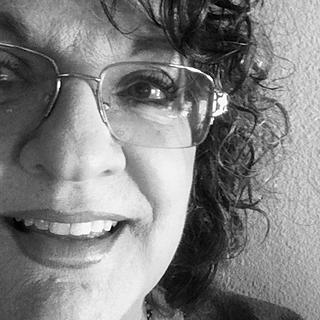Buying Generic
- Susan Traugh
- Oct 10
- 2 min read

Little ways of savings can add to big gains. For teens with disabilities, every penny saved can be the difference between meeting and not meeting a monthly budget. In this financial literacy lesson, we’ll look at how buying generic can save money.
What is "Generic"?
According to Dictionary.com, “generic” simply means “not specific.” In terms of consumer products, it means that a product doesn’t have a brand name or label. “Kleenex” is a brand name for “facial tissues.” They are both the same item. (Sometimes, they’re even manufactured at the same plant and just have different labels.) So, what’s the difference? Price. When you buy a brand name label, you’re also paying for the label and the marketing that goes into the ads for that label.
Teaching the Lesson
Begin with the story above. Have students name some brand name/generic items they are familiar with.
Group work. Use the lesson attached to help students understand the difference in price for generic versus brand name items.
Independent investigation. Then use the following page to do an online search for items to compare brand names with generic items. Have students check items for: cost per item/weight, comparable contents, comparable quality. Display the cost savings.
Extension. If there is the budget, have students create blind taste-tests of generic brands vs. name brands. Chips, sodas, snacks, yogurts, etc., all make good items for blind taste tests. Allow one or two students to put items on paper plates or cups marked “A” or “B” and “contestants” to judge which is brand and which generic/which tastes better. Then choose another item and reserve roles. Keep score of how many people 1) guessed correctly and/or 2) liked the generic brand’s taste best.
For More Information
This lesson makes a good introduction to a cooking unit. Daily Living Skills offers several workbooks to provide students with the skills they need to become informed consumers including Kitchen Basics, Grocery Shopping, Nutrition, Making Meals, Picking Produce, and Washing Dishes. And, while the lessons in this blog can stand alone, they work best when paired with the Financial Literacy course from Susan Traugh’s Transition 2 Life curriculum. This one-semester course is offered in both a special education edition and a companion text for general education students. Find it here.


























Comments